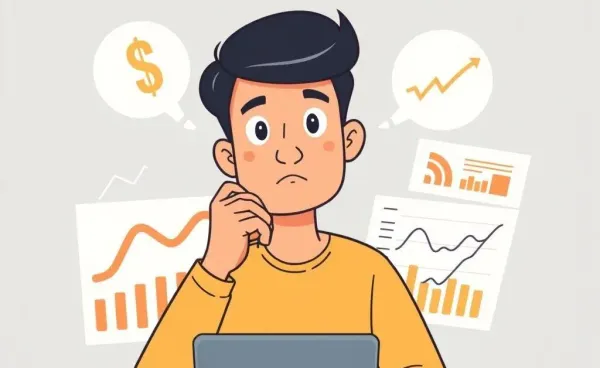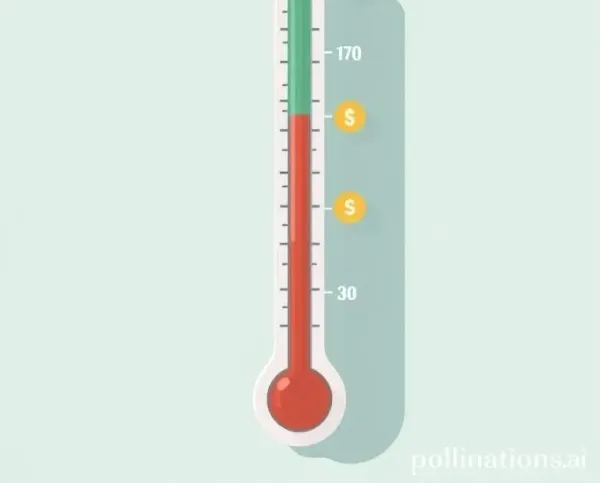Is a Piggyback Loan Your Smartest Move in High-Cost Living Areas?
Explore the pros and cons of piggyback loans in expensive housing markets.

Are Piggyback Loans a Good Idea in High-Cost Living Areas?
Have you ever found yourself wondering how to afford a home in a city where prices are through the roof? If so, you're not alone. In fact, many prospective home buyers are turning to unconventional methods, like the piggyback loan, to make their home-owning dreams a reality in high-cost living areas. But is this strategy savvy or risky? Let's dig into the nitty-gritty of what a piggyback loan is and whether it could work for you.
Understanding Piggyback Loans
A piggyback loan is essentially a second mortgage. Here's how it works: instead of putting down the traditional 20%, you take out a primary mortgage and use a second loan to cover the additional 10%, enabling you to escape private mortgage insurance, or PMI. These loans were quite the trend pre-2008, and now they're making a cautious comeback.
So, what's the allure? Well, the obvious benefit is the ability to skip PMI, which can free up a chunk of cash every month. However, this isn't a decision to make lightly.
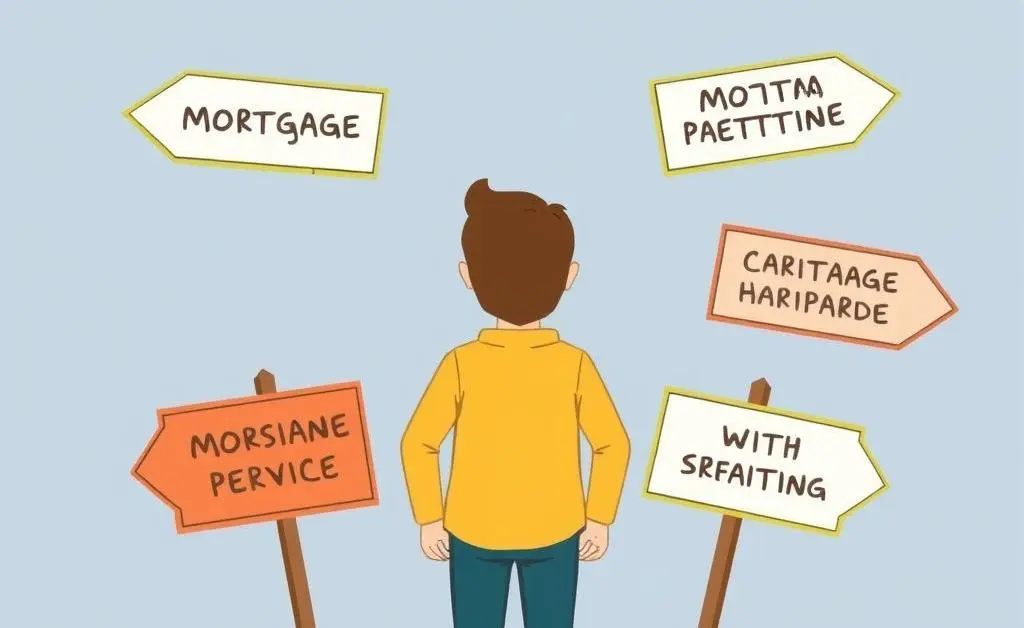
The Upside and Downside
- Pro: Save on PMI costs, keeping more money in your pocket.
- Pro: Potentially lower monthly payments if the second loan has a lower interest rate.
- Con: Two loans mean two payments. Can you manage the financial juggling act?
- Con: If property values drop, you might end up upside-down on your mortgage.
Relatable Real-World Scenario
Imagine this: Jane, a tech worker in San Francisco, is tired of paying sky-high rent and wants to buy a home. She crunches the numbers and, on paper, a piggyback loan seems like her golden ticket out of the rental cycle. Jane loves the idea of investing what she saves on PMI elsewhere, but a little voice in her head reminds her of the double-paperwork nightmare she might face come tax season.
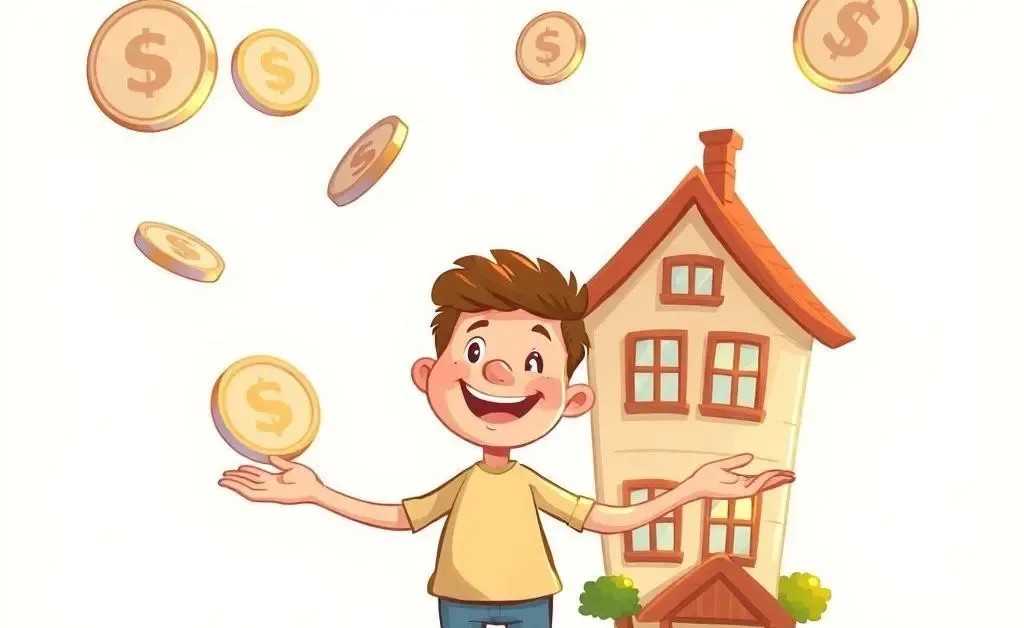
Is It Right for You?
Whether a piggyback loan is smart or risky largely depends on your financial health, your job security, and your long-term plans. Before you decide, ask yourself:
- Can I afford two loans if rates change?
- Is my job stable enough to support larger mortgage payments?
- Am I planning to stay in this house long enough to justify additional risks?
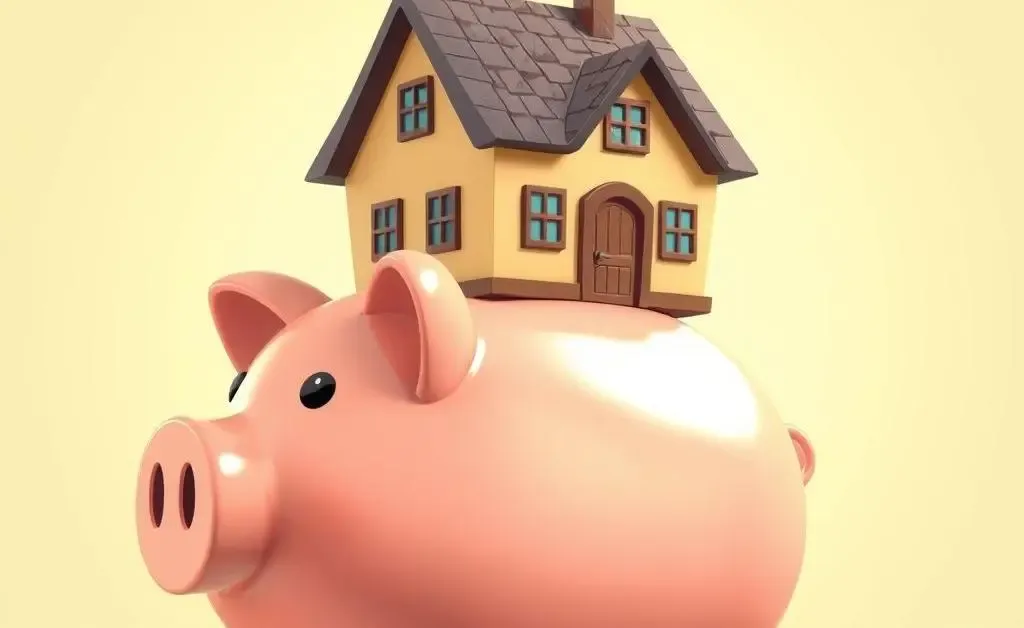
Conclusion: Your Move
There's no one-size-fits-all answer when it comes to financing a home in high-cost areas. While piggyback loans can seem enticing, they do require careful consideration. Always remember to assess your financial standing, and maybe chat with a financial advisor. After all, flipping through mortgage agreements isn't the kind of bedtime reading anyone dreams about!
So, what do you think? Would you consider a piggyback loan for your dream home? Or have you found a different strategy that works? Share your thoughts below!

